Raising Teacher Voices in Our Community Media
A MiddleWeb Blog
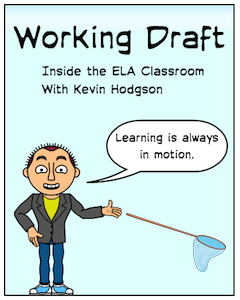 I consider myself very lucky to have found the Western Massachusetts Writing Project, and the National Writing Project, early in my career as an educator. In year one of my teaching career, in fact. Since then, I have been involved in the workings of the writing project in various leadership roles. WMWP is my professional home, as an educator, as a learner, as a writer.
I consider myself very lucky to have found the Western Massachusetts Writing Project, and the National Writing Project, early in my career as an educator. In year one of my teaching career, in fact. Since then, I have been involved in the workings of the writing project in various leadership roles. WMWP is my professional home, as an educator, as a learner, as a writer.
For a number of years now, first as a co-director of technology and now as a co-director of outreach for WMWP, I have been overseeing a partnership collaboration between our writing project and the local newspaper, the Daily Hampshire Gazette, in which WMWP teachers write a column about teaching and learning. A WMWP colleague, Karen Miele, also coordinated the partnership for some time.
For us, it’s a chance to put a public spotlight on teaching. For the newspaper, it’s an authentic classroom voice for their monthly Education Section. For me, it’s a chance to be inspired with every column that comes my way.
Many of our pieces revolve thematically around our WMWP mission statement.
The mission of the Western Massachusetts Writing Project, a local site of the National Writing Project, is to create a professional community where teachers and other educators feel welcomed to come together to deepen individual and collective experiences as writers and our understanding of teaching and learning in order to challenge and transform our practice. Our aim is to improve learning in our schools – urban, rural and suburban.
Professional development provided by the Western Massachusetts Writing Project values reflection and inquiry and is built on teacher knowledge, expertise, and leadership.
Central to our mission is the development of programs and opportunities that are accessible and relevant to teachers, students, and their families from diverse backgrounds, paying attention to issues of race, gender, language, class and culture and how these are linked to teaching and learning.”
Making Our Voices Public
We archive all of the Chalk Talk columns at our WMWP website, and I spent some time recently going through the pieces there. I remain impressed and inspired by the range of writing my colleagues have tackled, and the variety of voices we have brought to the pages of the newspaper.
I want to share some snippets from our collection, and then I’ll give you some ideas on how you might write as an individual for your local news media outlet, or set up a regular publication outlet through your Writing Project or teaching organization.
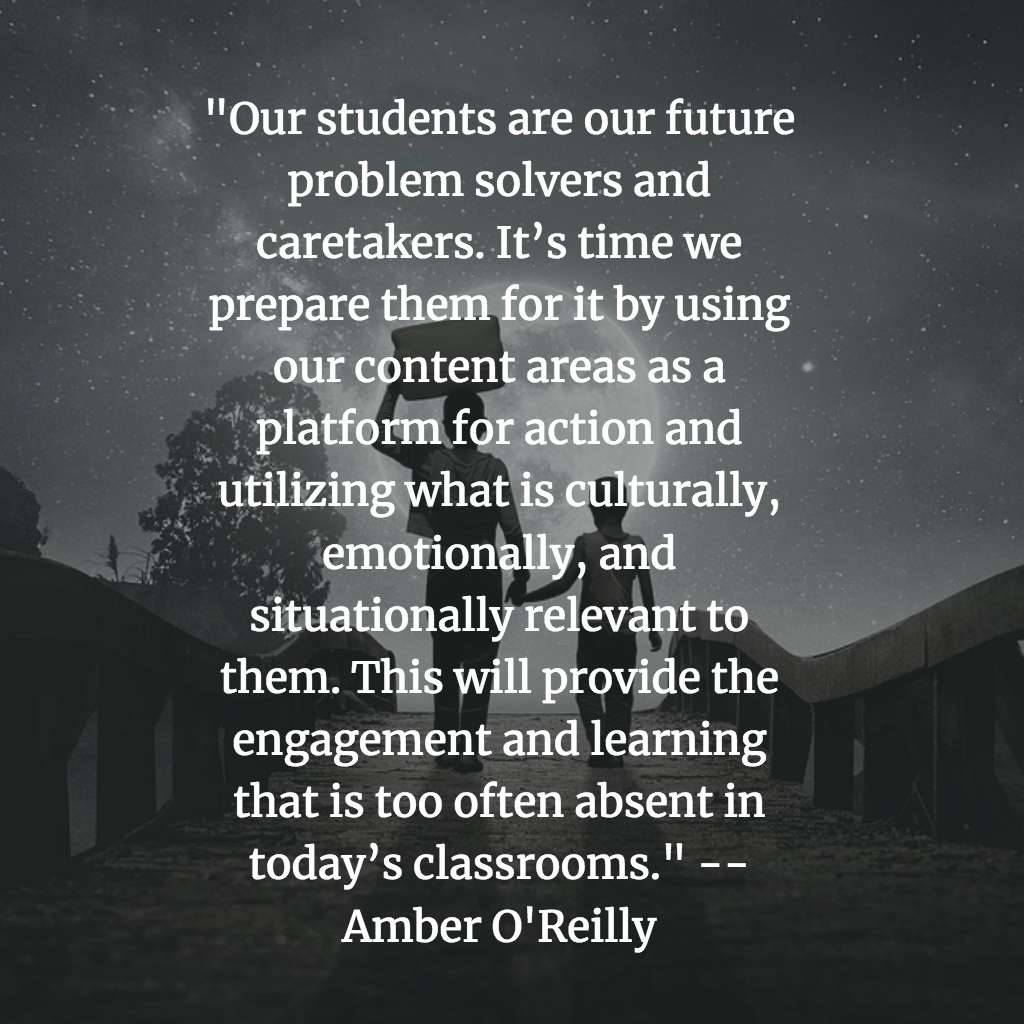
I was thinking of something that Amber O’Reilly wrote, as she relayed how she explores the need for teachers to be forever adapting curriculum and embracing flexibility to meet the needs of students. Amber, a science teacher at a social justice-oriented urban school, writes about looking to her students for their interests, about finding threads that will connect their lives outside of school to the work going on inside of school. She doesn’t say this is easy. But she advocates that educators have to be attuned to the aspirations of students in front of them.

Chris Rea, in his piece, writes of those small moments when things just seem to click. Those are the moments that teachers live for. It’s why we became teachers. For him, it has been reading The Odyssey with his middle school students. For me, it is a video game design unit. For you, it might be something different. Something worth noticing. There’s a real magic in any classroom where all the pieces come together at just the right moment.
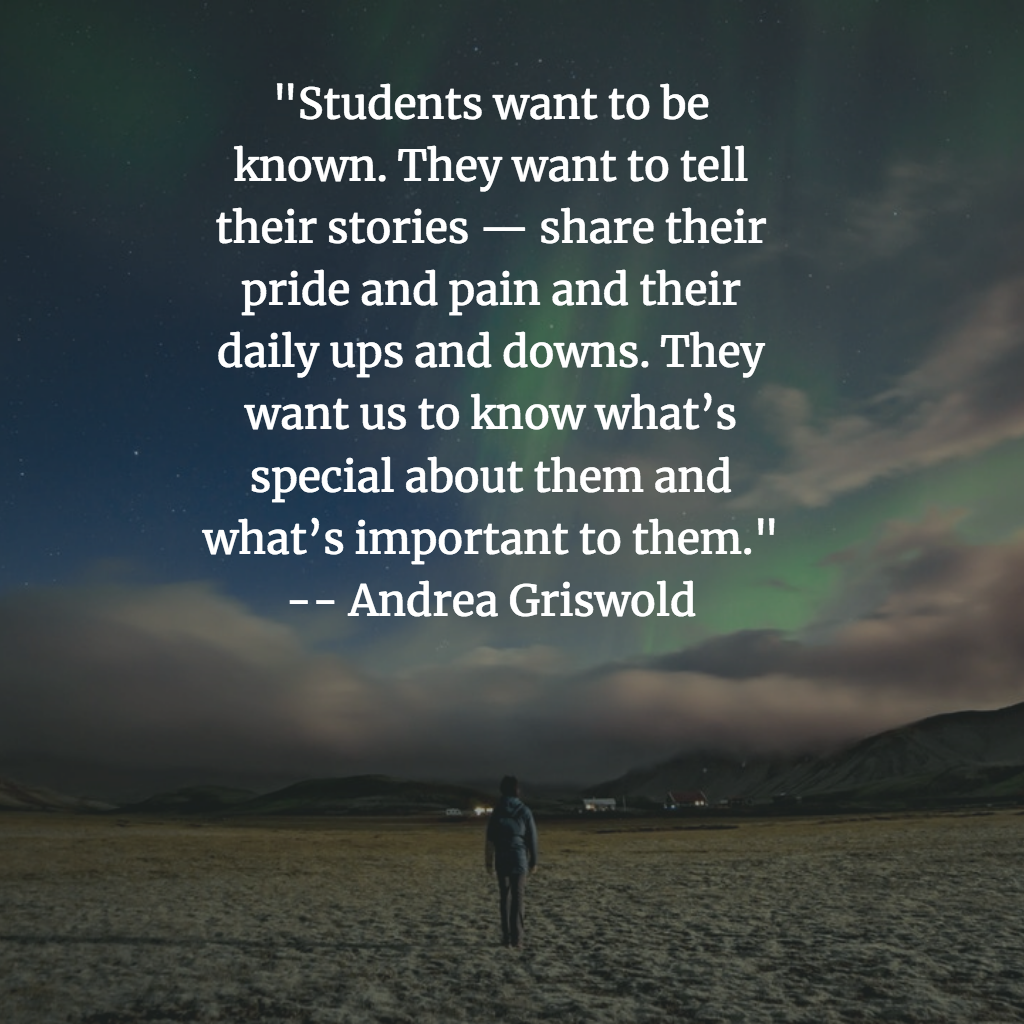
A piece by Andrea Griswold is a fine example of teacher writing of a school climate issue, drawing us in immediately with a mention of the passing of a pig, and then exploring how Restorative Justice in her school is transforming the notions of student identity. When we give space for students to tell their stories, Andrea remind us, we tap into the humanity of the classroom.
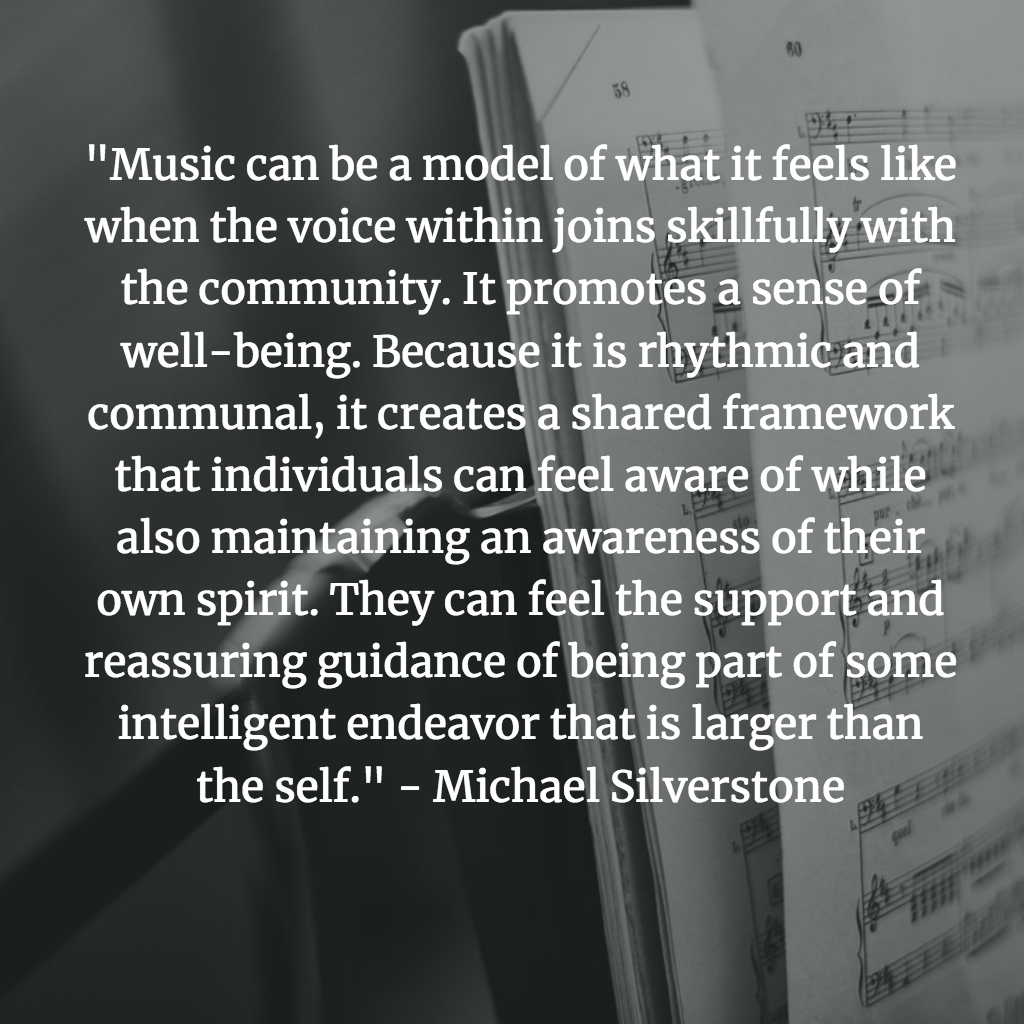
Michael Silverstone explores the arts within the classroom in his piece. I deeply appreciate how he explains the way music and community entwine, and how a teacher might explore the fabric of connections and the quilting of classroom experience through music, and through music, writing. Michael, a talented musician and teacher, is attuned to young children, and his work shows a care and compassion for young minds, eager for experiences.

If ever there was a time to prepare our students for the larger world, perhaps this is it, and Nina Kuminoto explores the importance of that terrain in her piece. She doesn’t shy away from the difficult task of helping students craft arguments with substance, and yet, to remain open to the counterpoint views of others. It’s in that gap that understanding takes root.
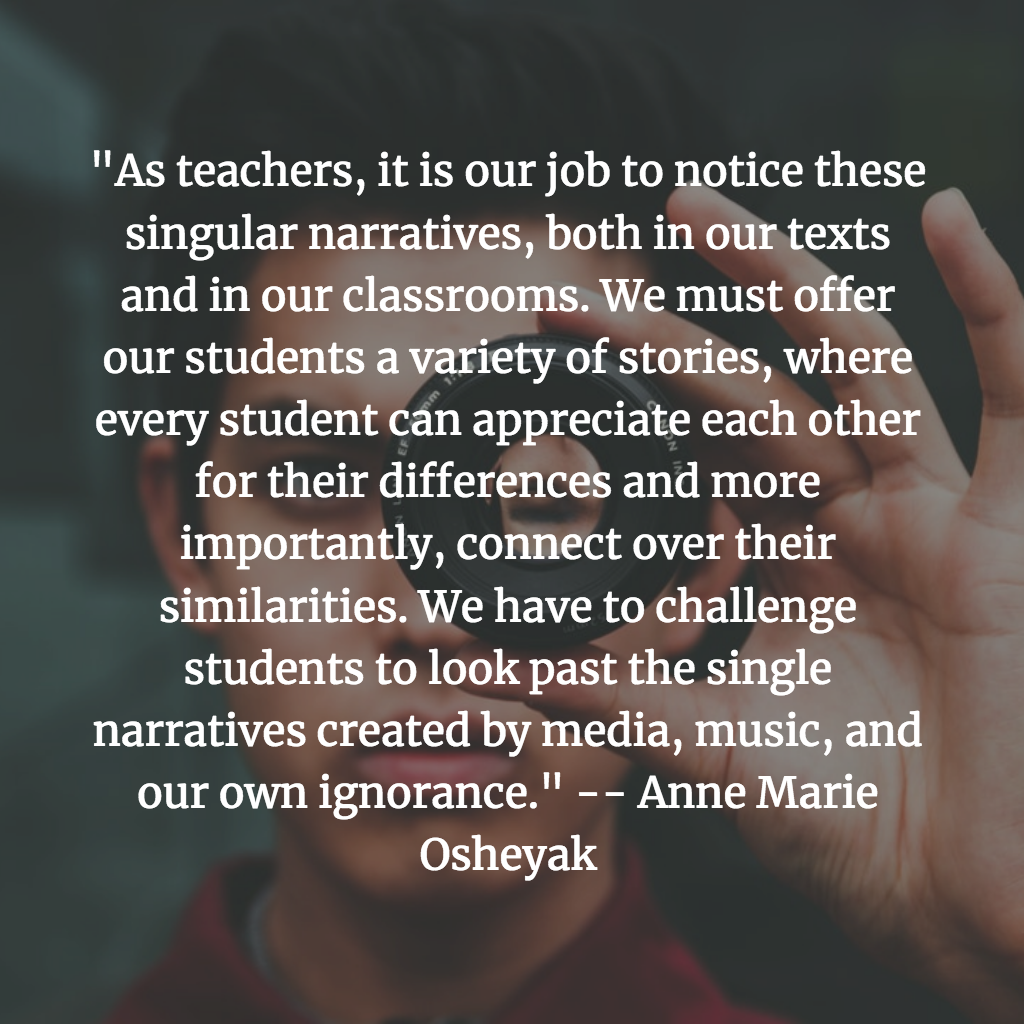
In the aftermath of the Ferguson tragedy, Anne Marie Osheyak needed to find ways to bring a fuller perspective into her classroom, to understand all sides of the divide happening in the country over race. Her activities around expanding the conversation beyond a single narrative, of noticing the humanity of the world, opened up her classroom to rich and fruitful discussions of compassion and understanding.
Newspapers Want Your Contributions
There are just so many great pieces, and great insights, in this collection of published articles. Maybe you are reading some of them and wondering, how can I get my voice into the mix? If you have a local newspaper, the first step might be to reach out to the journalist covering education. Or a local news editor.
Maybe you open the dialogue by inviting them into your classroom, to observe students in action. I was a newspaper reporter before becoming a teacher, and one of my “beats” was to visit and write about classrooms. You’d be surprised at how frequently I would be contacted by teachers themselves.
Newspapers also appreciate voices on their editorial pages, in the form of Letters to the Editor and/or Op Ed pieces. From my experience both inside a newspaper and on the outside, they love when a teacher writes. This is practical – the families of that teacher’s students may be more apt to buy the newspaper that day – and it helps fulfill the mission of a newspaper to include a variety of voices on its pages.
Why do this? More on that below, but fundamentally – contrary to the old saying “familiarity breeds contempt,” opening our doors and sharing what goes on in our classrooms and teaching lives actually builds understanding and lays the groundwork for community and political support when it’s urgently needed.
Some Tips and Lessons Learned
A few years ago, at a National Council of Teachers of English annual convention, I took part in a roundtable session about teacher advocacy, and I outlined some considerations about connecting educators to news outlets. These are all lessons learned from our years of partnership with local newspapers (the current partnership is actually the second iteration, after an early collaboration with another newspaper ran its course.)
Individual Teacher-Writers: Considerations for Making Connections with News Outlets
- Understand your newspaper, its geographic area, and its audience.
- Make connections with reporters and editors (email works fine).
- Look for the “hook” of a story and pitch it that way to newspaper (seasonal, community happenings, projects).
- If it is a feature story, make sure there can be an interesting visual element (newspapers love taking pictures of students doing things).
- If it is a commentary or opinion piece, start with a vignette or narrow look inside the learning experience, and then branch out to larger point.
- Accept that editors might cut your piece for length. If that is unacceptable or non-negotiable, make that clear to the newspaper.
- Try to keep the tone of the writing positive.
- Be sure to follow up with a “thank you” to newspaper contacts when your piece gets published.
Teaching Organization: Considerations for Connecting Educators with News Outlets
- Establish a partnership/communication with editor at newspaper.
- Suggest a “funnel effect” – We find teachers who will write. You get their pieces published. Win-Win.
- Reach out to teachers in your networks and ask them to contribute. If you wait for them to approach you, you will be kept waiting. If they say, “I don’t have time right now” (and they will), pencil them in for a future date/deadline. But don’t pressure them.
- Flatter teachers in a positive way – what they are doing is important and meaningful to a wider audience.
- Be ready to help brainstorm ideas with teachers and promise editorial support before publication, if necessary.
- Be sure to follow up with a “great job” note to the teachers, a “thank you” to the newspaper, and a “check out what your teacher is doing” with school administrators.
You could also suggest articles for places like MiddleWeb and other online sites that center on education and learning. Teachers as writers are needed in all sorts of places.
What’s most important, I think, is the act of raising the public voice of teachers. We’ve seen the impact that large-scale walkout protests in states like Colorado and Oklahoma have had on the narrative of schools and teachers. To remain silent is an option, but to change the political script of lazy teachers, dysfunctional schools and unprepared students, we need to raise our voices and reach a larger audience with the real news about school.
And we need to do this together.

































